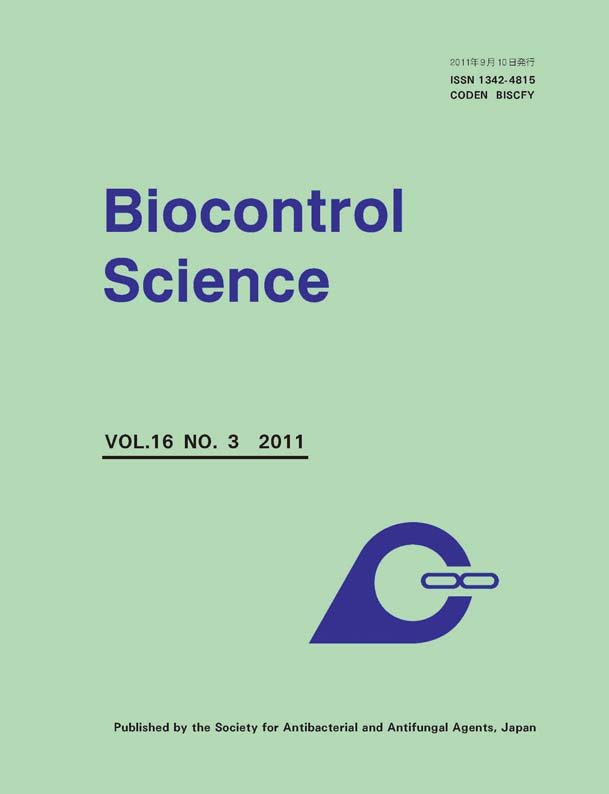Volume 16, Issue 3
Displaying 1-7 of 7 articles from this issue
- |<
- <
- 1
- >
- >|
Minireview
-
2011 Volume 16 Issue 3 Pages 85-94
Published: 2011
Released on J-STAGE: September 26, 2011
Download PDF (2010K) -
2011 Volume 16 Issue 3 Pages 95-102
Published: 2011
Released on J-STAGE: September 26, 2011
Download PDF (2652K)
Original
-
2011 Volume 16 Issue 3 Pages 103-107
Published: 2011
Released on J-STAGE: September 26, 2011
Download PDF (318K)
Note
-
2011 Volume 16 Issue 3 Pages 109-115
Published: 2011
Released on J-STAGE: September 26, 2011
Download PDF (2413K) -
2011 Volume 16 Issue 3 Pages 117-121
Published: 2011
Released on J-STAGE: September 26, 2011
Download PDF (541K) -
2011 Volume 16 Issue 3 Pages 123-126
Published: 2011
Released on J-STAGE: September 26, 2011
Download PDF (1904K)
Erratum
-
2011 Volume 16 Issue 3 Pages 127
Published: 2011
Released on J-STAGE: September 26, 2011
Download PDF (25K)
- |<
- <
- 1
- >
- >|
